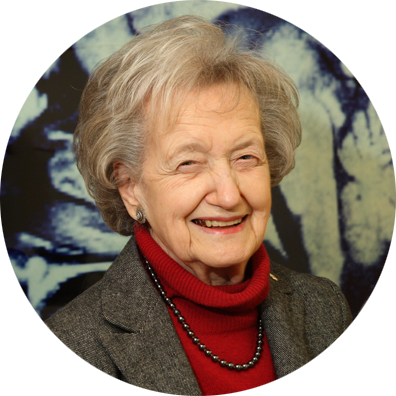Brenda Milner is considered the creator of neuropsychology and one of the researchers who helped us most understand how our memory works, we are certainly talking about one of the most prominent figures of cognitive neuroscience.
Born on July 15, 1918 in the UK and will soon turn 100, her parents devoted themselves to music and showed great talent, but from the beginning Brenda Milner showed that she had a very different interest, she began working. in the field of experimental psychology, specializing in memory disorders related to brain hemisphere injuries and the resulting amnesiac syndrome.
She continues to work as a university professor and is considered an authority in the field of neurosciences.
H. Molaison was 9 years old when he was run over by a cyclist, when he fell to the ground he hit his head hard causing the skull to rupture, it was 1935 and HM had to see a doctor because as a result of the severe blow he suffered, he began to have continuous seizures, including loss of consciousness.
He lived like this for another two decades, until crises became so severe that he could not lead a normal life, began to have frequent memory problems and was fired from his job as an engine mechanic. Without work, health and family, I was desperate. Doctors told him about a neurosurgeon who could help him and was experimenting with new treatment methods in patients with brain damage.
Dr. Scoville tried every non-invasive treatment known to medical science at the time, but nothing changed in HM’s life. He then decided to partially remove HM’s temporal lobe. The patient began to forget everything that had happened to him.
Scared of the result, she consulted Dr. Brenda Milner, who at the time specialized in memory disorders and worked as a professor of cognitive neuroscience.
Brenda Milner performed a series of tests on the patient and realized that every time he visited her, he didn’t recognize her, everything was new to H. M. and I didn’t remember what I’d done before. He had an anograde amnesia, which is a loss of the ability to create new memories.
Brenda Milner’s conclusions about the work done with this patient were decisive in the field of neuropsychology to differentiate two types of memory: explicit memory and procedural memory.
“Memory seems great because of the number of memories; But is it much more than that because of what he’s hiding?Alcal Zamora?
Explicit memory is a type of long-term memory (MLP), referring to memories that can be consciously remembered, such as childhood memories, experiences with certain people in childhood or adolescence, and some flashes of early images of our childhood.
Procedural memory refers to unconscious memories, i. e. skills acquired in the past, such as driving or cycling. In the case of HD, Milner noted that the patient’s explicit memory had stopped working after partial removal of the temporal lobe, but improved over the course of testing on repeated tasks associated with procedural memory, i. e. improved performance on all tasks involving repetitive learning.
The brave H. M. Died in 2008 in a nursing home at the age of 82, perhaps the most famous patient in the history of neuroscience, so doctors kept their brains in formaldehyde and thoroughly analyzed the damaged areas associated with their memory disorders. .
Milner is considered a pioneer in the field of neuropsychology, his work with patient H. M played a decisive role in the study of memory and other cognitive functions.
It helped describe the lateralization of the human brain and determine how the representation of language in the brain hemispheres can vary in left-handed or right-handed people. There are more than twenty honorary awards on your resume. Currently, on the brink of 100 years of age, she continues to work and get involved as she did at the beginning of her career, retaining her position as a professor in the Department of Neurology at the Montreal Neurological Institute.
“There are many memories in us. The body and the mind, does everyone have their memory?Balzac?

